Please take a look at The Green Spotlight’s Facebook Page to see our daily green blurbs and links. You can view the page even if you don’t have a Facebook account. But if you do have an account, click on the “Like” button (if you’re not already connected to page); then you will be able to see The Green Spotlight’s posts in your Facebook news feed.
Visit the Page to get a sense of the wide variety of topics that it covers, and feel free to comment on the posts.
Here’s a sampling of topics that we’ve spotlighted on the page in recent weeks:
- new films, including The Economics of Happiness; Bag It; Flow; and Queen of the Sun
- a new environmental news website: This Week in Earth
- videos about the achievements of this year’s Goldman Prize winners (from the U.S., El Salvador, Germany, etc.)
- video about the NRDC’s Growing Green Awards winners
- AIA’s Top Ten Green Projects award-winning buildings
- organic gardening tips for weed and pest control
- driving tips to save gas and money
- a new Green Jobs report, and an interactive map of clean energy companies
- online action to oppose uranium mining in the Grand Canyon
- a summer tour of organic food and farming in San Miguel de Allende, Mexico
- dog and cat toys made from natural, renewable materials
- new thin-film solar products, and a mobile solar power generator
- the story of a North Carolina farm started by a family inspired into action by the film Food, Inc.
- the story of two 15-year-old Girl Scouts who are calling Kellogg’s on its use of palm oil in Girl Scout cookies and other products

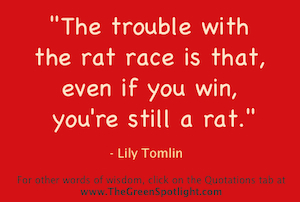
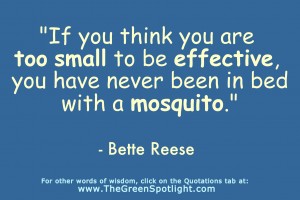
 Before the holidays (and other gift-giving occasions), I sit down and have a brainstorm session to try to come up with thoughtful, meaningful gifts that are well suited to each person on my list. Then, I run those ideas through my budget filter, as well as another set of filters that I consider to be just as important: In an effort to be an environmentally and socially conscious consumer, I strive to choose gifts that meet one or more of the following criteria—many of which also happen to be economical:
Before the holidays (and other gift-giving occasions), I sit down and have a brainstorm session to try to come up with thoughtful, meaningful gifts that are well suited to each person on my list. Then, I run those ideas through my budget filter, as well as another set of filters that I consider to be just as important: In an effort to be an environmentally and socially conscious consumer, I strive to choose gifts that meet one or more of the following criteria—many of which also happen to be economical:



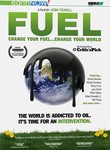
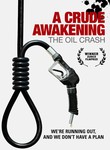
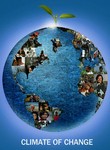

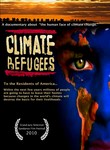
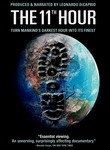
 In these times of unnatural disasters—such as BP’s oil-hemorrhaging drill “spill,” as well as extreme weather events caused by increasing climate volatility—more people are seeking ways to reduce their carbon footprint: i.e., their consumption of fossil fuels (petroleum, coal, and natural gas). We are all essentially junkies—or oiloholics—who don’t know how to live without these substances.
In these times of unnatural disasters—such as BP’s oil-hemorrhaging drill “spill,” as well as extreme weather events caused by increasing climate volatility—more people are seeking ways to reduce their carbon footprint: i.e., their consumption of fossil fuels (petroleum, coal, and natural gas). We are all essentially junkies—or oiloholics—who don’t know how to live without these substances.